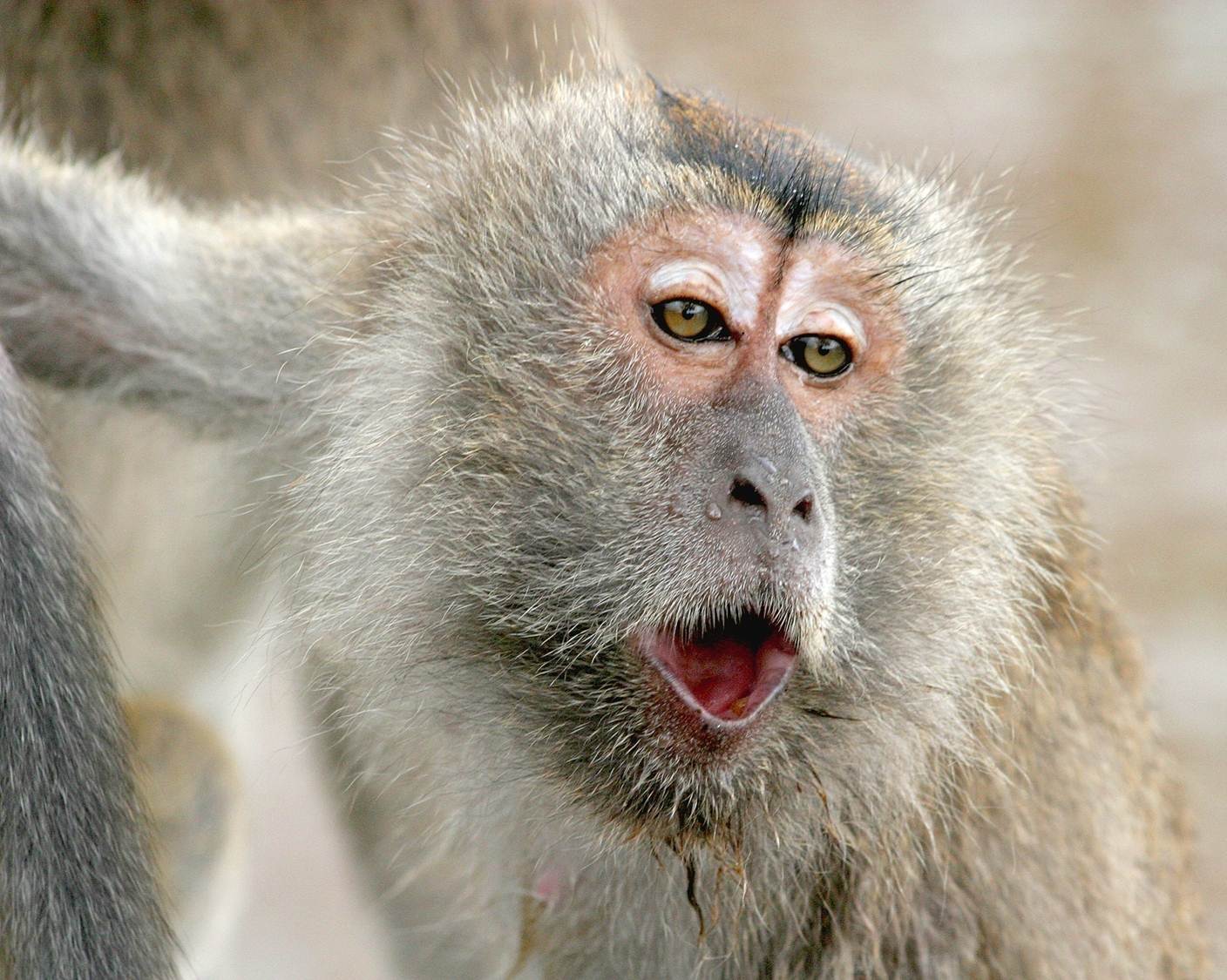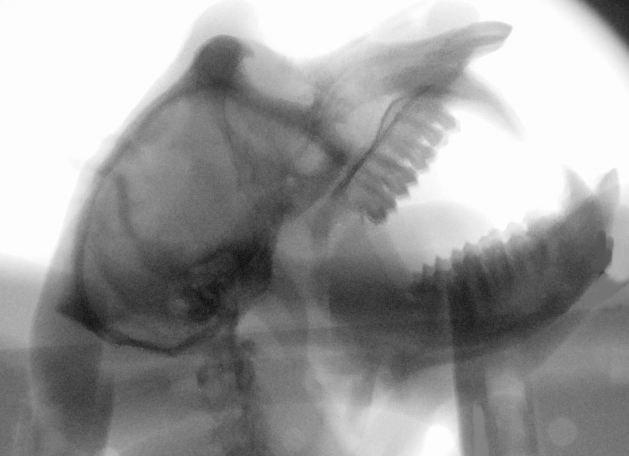A new study has found that monkeys have a vocal tract that would make them capable of speaking similarly to humans. Nevertheless, their talking capacity is limited because their brains are wired in a way that would not allow them to properly use their vocal anatomy.
The results of the investigation were obtained from an experiment that was initiated in the 60s by Philip Lieberman, a cognitive scientist at Brown University focused on topics in the evolution of language. At that time it was practiced on a dead macaque, which was only capable of producing a few vocals. Asif Ghanzanfar, one of the authors of the study and a neuroscientist at Princeton University, was not satisfied with the findings and tried the experiment on a living monkey.

The team based their analysis on radiographs from actual living monkeys rather than reconstructions from cadavers. They found out that the actual phonetic potential of the primates’ vocal tract is not highly restricted, as they thought in the past. The experiment was performed in compliance with the Princeton University Institutional Animal Care and Use Committee guidelines for the care and use of laboratory animals.
Study details
Monkeys were provided with a specially designed plastic collar and sat on a plastic chair, so they would be free to move the head and have a complete 360° body rotation. The primates went trough an X-ray machine analysis as they were vocalizing and producing various facial gestures while they were eating, lip smacking and yawning. The animals were induced to vocalize in the fluoroscope as well, usually by the presentation of an edible treat.
The main vocalizations the monkeys produced were low-amplitude grunt vocalizations and, occasionally, coughs and threat calls. These were all useful for the researchers to create computer prototypes and various parameters of the motions that the macaque’s vocal tract could be capable of making.

According to Ghazanfar, a living macaque can produce a wide range of different sounds that mimic in slight measure, the sounds that humans can produce. The study highlights that monkeys are capable of producing about five vowel sounds, just like the human species. However, they lack the ability to make the i vowel sound, which is particularly special in the human speech. Their vocal anatomy is not structured to pronounce that specific sound but eventually they could achieve primitive speaking.
The investigative work states that the main limitation for the macaque to keep on developing the capacity for higher and richer speech is the missing of neural pathways directly connected to talking sense. By now, there is not a thing that trainers and scientists can make to enhance the speech capacity of the monkey.
The main conclusion is that if a macaque had a brain capable of vocal learning and making combinatorial operations over speech sounds, its vocal tract would be able to produce clearly intelligible speech.
Source: WBUR News
